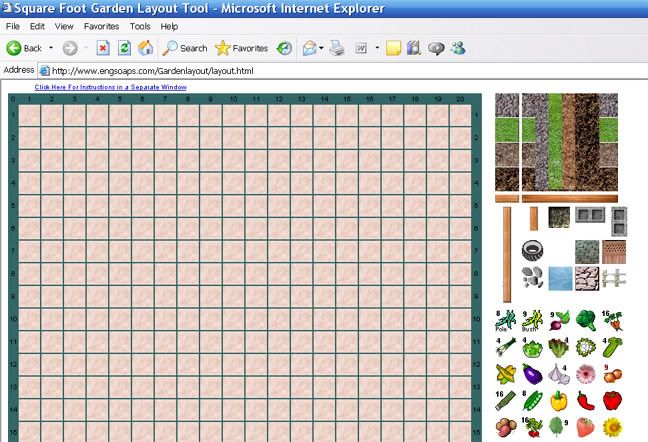Synchronized book cart pushing and Starbucks
Discovery exercise #16: So what’s in a wiki?
For this exercise, we were asked to check out some library wikis and blog about our findings. I chose Library Success: A best practices wiki and headed straight for the section labeled "Selling Your Library" (specifically, the topic marketing).
One thing I've learned over the past few years is that library "marketing" web sites tend to be over-saturated with suggestions for goofy stunts posing as serious solutions for a library's complex marketing challenges. Well, library marketing wikis are evidently no different. Case in point, the suggestion for "synchronized book cart pushing." Attention-getting, perhaps. But so is choking on a chicken bone. (And I really don't recommend either.)
On the bright side, I wasn't completely disappointed by this wiki. I did uncover a really helpful article about the tough choices that need to be made when developing a brand identity, "Strong Brands Always Have More Brand Credits Than Debits: A Starbucks Lesson." (Link courtesy Jill Stover's blog Library Marketing: Thinking Outside the Book).
"To determine the positive impact (credit) or negative impact (debit) of a potential marketing activity, Starbucks marketers ask the following questions:A checklist is beautiful in its simplicity. Intuitively, I think many of us know that not every proposed marketing activity is "a good idea," but sometimes it's hard to pinpoint just exactly why some marketing ideas should be rejected (or at least temporarily tabled).If the marketing department answered 'yes' to three of these four questions, then the activity is considered a brand credit.
- Does the marketing activity respect the intelligence of Starbucks customers?
- Can Starbucks expertly deliver on all the promises made to customers in the proposed activity?
- Will Starbucks employees be excited and motivated by the activity?
- Will customers view the marketing activity as being clever, original, genuine, and authentic?
On the other hand, if Starbucks marketers answered 'no' to more than one question, then the activity would be considered a brand debit. The Starbucks marketing department would then need to discuss the business importance of doing that brand debit activity."
The article goes on to explain the consequences of pursuing too many marketing ideas that are "brand debits."
Ultimately, given enough debits, a company will find itself facing 'brand insolvency,' which happens when a business continually promises more than it actually delivers, bankrupting the brand. Once this happens, it is extremely difficult to earn back brand credit... or customers."I have to ask myself, where is our library currently? Is our brand credit still high? (Many outside indicators, thankfully, point to "yes.") What services -- promises -- can we market to our customers that we know we can expertly deliver? (And frankly, deliver better than our competition.) Additionally, how can we market these services in a way that will respect the intelligence of our customers, while being clever, original, genuine, and authentic? And, of course, the marketing activity has to excite and motivate our own employees so they can sell it on the front lines.
I'd add one more item to the checklist -- does the marketing activity reinforce the brand we're trying to develop? Part of the whole reason I'm averse to goofy gimmicks like synchronized book cart pushing is because I feel like they don't reinforce the brand that most libraries are trying to develop -- that of a relevant and customer-focused institution.
One of the best, recent examples from our own library system has been PLCMC's library card campaign for kids in grades K-5. Reviewing it after-the-fact, it passes all of Starbuck's marketing checklist items. I will admit that there was a lot of work behind-the-scenes ensuring that we could meet checklist item #2. But despite the hard work, I'm glad our library chose this marketing tactic instead of something like synchronized book cart pushing.
go to main page






